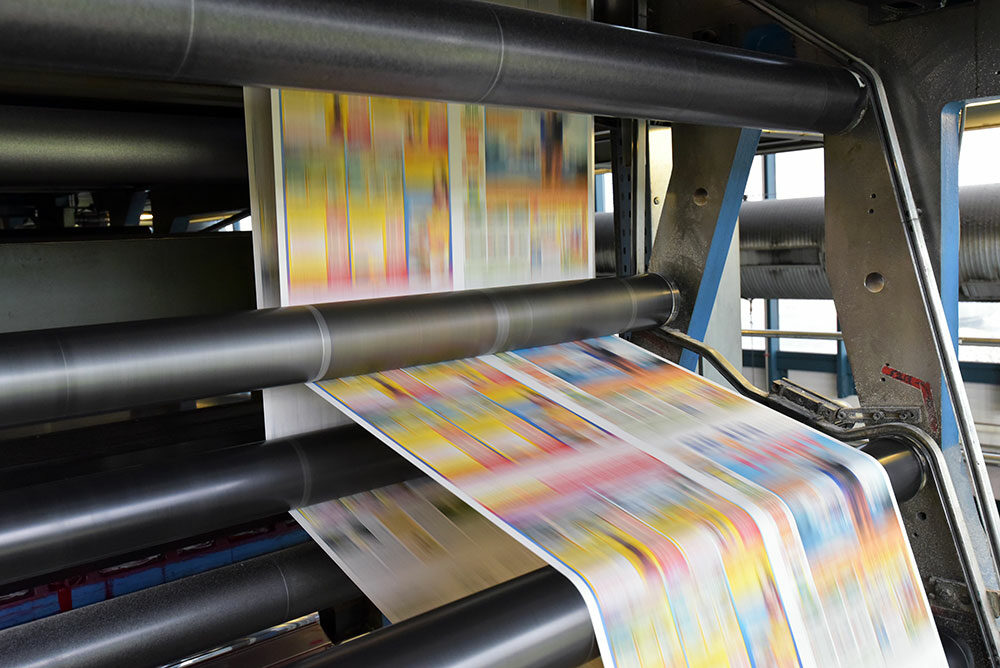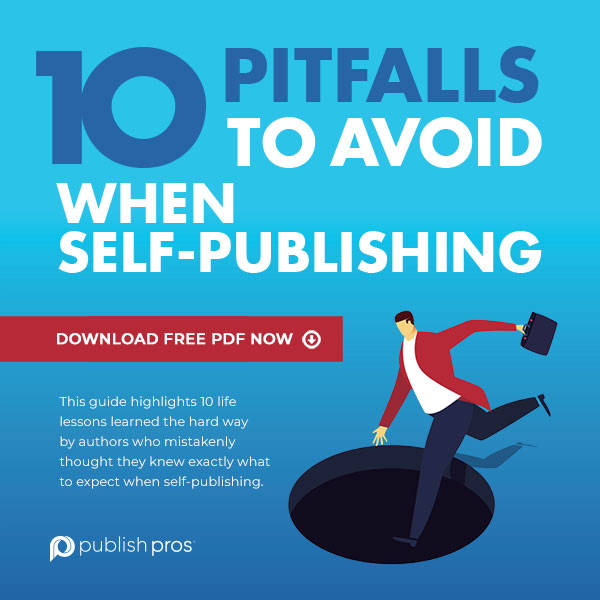
Self-Publishing Terms Writers Need to Know
Just like every other field out there, the self-publishing world has its own unique jargon. If you’re a newbie author or new to self-publishing, some of these terms may be confusing. Let’s look at some of the most common self-publishing terms.
Amazon Kindle Direct Publishing (KDP): Amazon’s online platform for self-publishing eBooks and paperbacks.
ARCs – Advanced reader copies: Early version of the book sent to your target audience, book bloggers, marketers or media outlets for publicity.
BCT – Back cover text: The descriptive text on the back of your book that briefly details the content in a lively and compelling way.
Beta reader: A friend, writers’ group member, or family member who agrees to read your book first and offer feedback for free.
Book trailer: A promotional video distributed across multiple platforms that highlights the narrative arc of your book and sparks interest in reading and purchasing it.
Content editing: Focuses on your manuscript content, rather than the grammar, spelling, and punctuation, to help make it as strong as possible. Content editors focus on consistency, tone, sentence structure, transitions, narrative, and characterization.
Copy editing: Focuses primarily on paragraph and sentence structure, tone, readability, syntax, and flow. Copy editors may also correct spelling and grammar and highlight areas where additional reviews or approvals may be needed.
Crowdfunding: An online campaign where donations from supporters are used to finance the production and marketing of a book. Learn more about Publish Pro’s new crowdfunding service.
Developmental editing: Focuses on the manuscript from a “big picture” perspective to address gaps in structure, clarity, character, plot, timing, or dialogue. Developmental editors work with an author to make sure manuscripts are coherent and flow well.
Distribution fee: Costs associated with distributing your book through various book retailers. Generally calculated as a percentage of each book’s list price. Publish Pros never charges its authors for distribution fees.
ePub: The preferred eBook file format that bundles your content together and enables it to read and display properly across a wide array of e-reader devices and software.
IngramSpark: One of the most recognized print-on-demand (POD) publishing companies that works closely with Amazon KDP to print and distribute POD hard copies.
Interior formatting: Also known as interior layout, formatting refers to the overall appearance and structure of your book. Formatting and layout focus on the font type and style, headers, page numbering, text alignment, margins, and spacing.
International Standard Book Number (ISBN): A 13-digit code that serves as a unique global identifier for books. ISBNs identify each book’s publisher, title, edition, and format (hardback, paperback, EPUB, etc.). Some vanity presses and self-publishing companies provide ISBNs to authors at a discounted rate. Here’s why this isn’t always a good idea.
POD – Print-on-demand: A publishing method that allows books to be printed one at a time, as needed. Publish Pros partners with Amazon KDP, IngramSpark and others to provide affordable POD services for clients.
Production files: All of the files that were used to create your book. At Publish Pros, our professional designers use InDesign to package their design files.
Proofreading: Focuses on a detailed reading to correct any typographical errors in a manuscript. This is the final stage of editing and comes after copyediting.
Royalties: A percentage of the money paid to authors, based on total book sales. Publish Pros doesn’t take royalties as part of our work, so you retain your full royalty payments when you work with us.
Self-publishing: The author also takes on the role of publisher, paying for all manufacturing, production and marketing of his/her work.
Traditional publishing: Using an established publishing house to publish your book. Traditional publishers usually include a full team of professionals to manage the book design, sales, marketing, and various other processes of the publishing world on behalf of the author.
Trim size: The dimensions of the final printed book. Typical trim sizes are 5 ½ x 8 ½, 6 x 9, and 8 x 10 (for children’s books).
Vanity publisher/press: A publishing company which requires authors to pay up front to have their book published.
Entering the publishing world for the first time can be overwhelming, but understanding some of the most common phrases used in the industry can help. The self-publishing assistance experts at Publish Pros are also happy to answer any questions you might have, even if you are not currently working with us. Please don’t hesitate to contact us.




